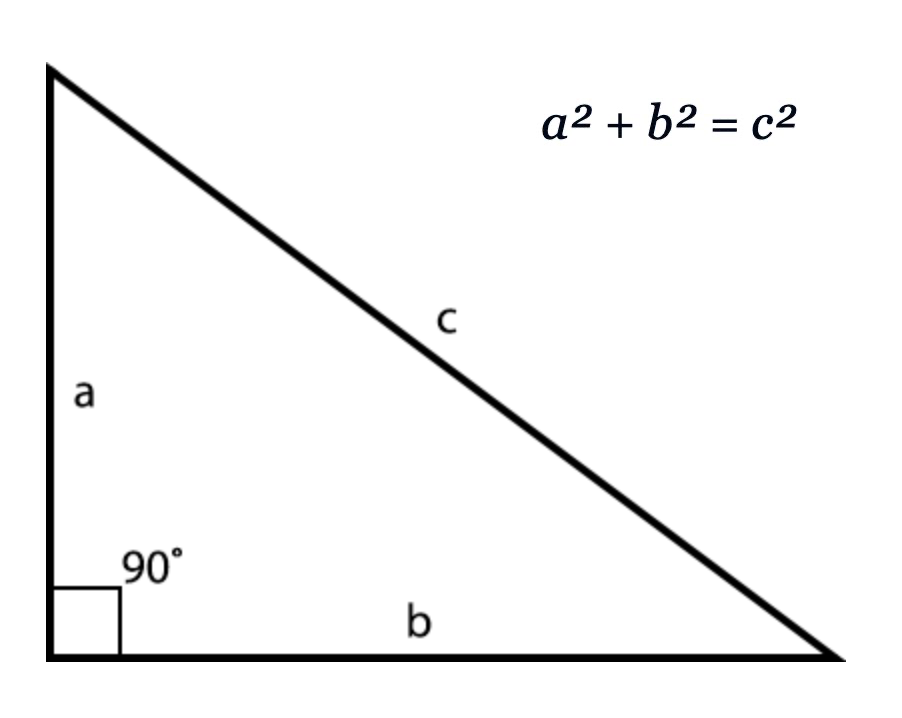Pythagorean Theorem Calculator
The Pythagorean Theorem calculator helps you find the length of any side of a right triangle. Just enter the lengths of two sides, and we'll calculate the third side for you.
Calculate Triangle Sides
Select which side you want to calculate, then enter the values for the other two sides.

Solve for:
What is the Pythagorean Theorem?
The Pythagorean Theorem states that in a right triangle, the square of the length of the hypotenuse is equal to the sum of squares of the other two sides. It's one of the most fundamental relationships in Euclidean geometry.
The Formula
If a and b are the legs of a right triangle and c is the hypotenuse, then a² + b² = c². This means we can find any side if we know the other two.
Historical Background
Named after the ancient Greek mathematician Pythagoras (570-495 BCE), this theorem was known to ancient civilizations including Babylonians and Egyptians. While Pythagoras is credited with the first proof, the concept has been discovered independently by multiple cultures throughout history.
How to Use the Pythagorean Theorem
- Identify the right triangle and label the sides: the two legs as a and b, and the hypotenuse (the side opposite to the right angle) as c.
- Determine which side you need to find (a, b, or c).
- Use the appropriate form of the equation: c = √(a² + b²) to find the hypotenuse, or a = √(c² - b²) or b = √(c² - a²) to find a leg.
- Substitute the known values and solve for the unknown side.
Real-World Applications
- Construction and carpentry: Ensuring walls are perpendicular to floors or measuring diagonals.
- Navigation: Calculating the shortest distance between two points.
- Physics: Resolving forces and vectors in mechanics.
Important Notes
- The Pythagorean Theorem only works for right triangles (triangles with one 90° angle).
- The hypotenuse is always the longest side of the right triangle and is opposite to the right angle.